Been There, Learnt That: When Vacations Involve Homework
Taking The Kids Home For Summer And Dealing With Assignments
As kids head back to school, sighs of parental relief can be heard all across Japan. If your kids are in international school, they are probably excited about starting a brand new term. But if they are in a Japanese school, however, you sent them back for the second term with the pile of homework that schools assign over summer break.
Things vary among schools, grades and even teachers, but your typical Japanese elementary school student has to complete pages of kanji and math drills, book reports, a diary of what they did and, of course, the ubiquitous jiyu kenkyu, or “summer project.”
Japanese schools’ summer project assignments
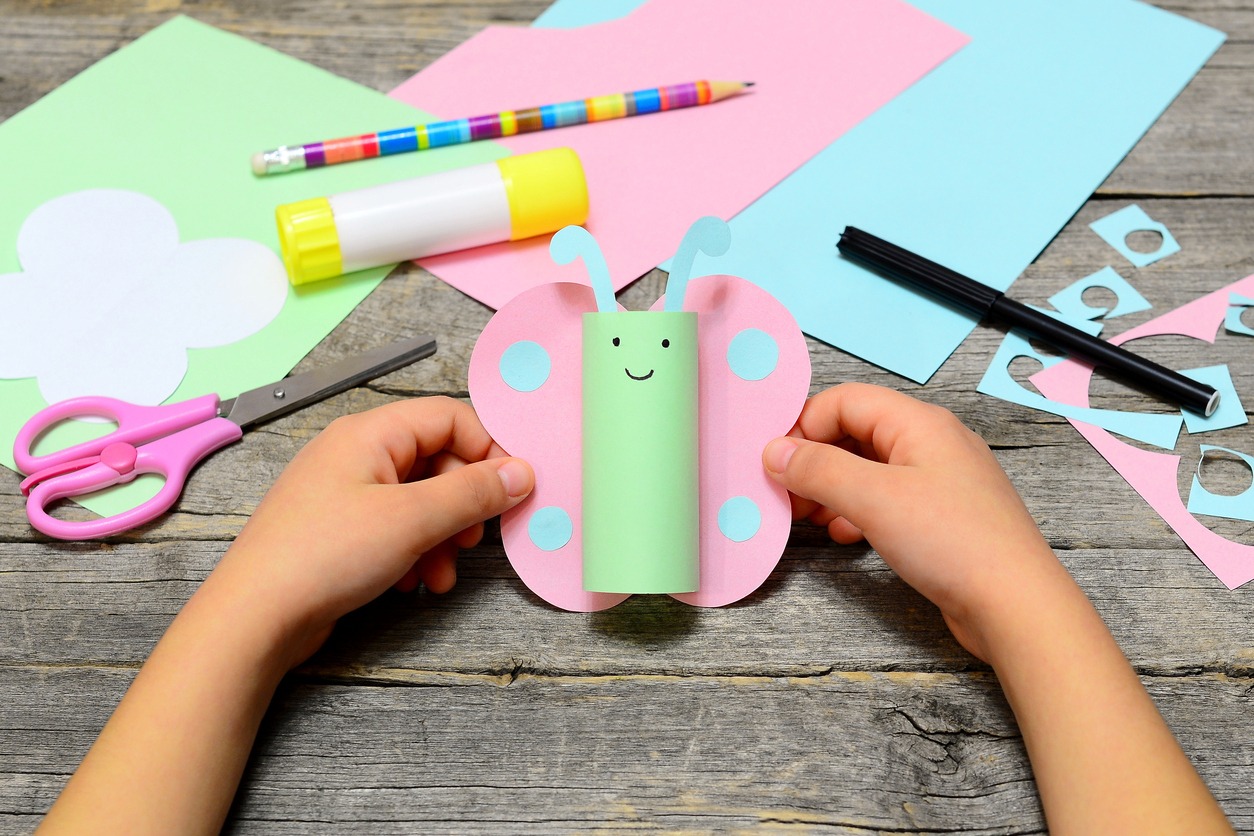
Choosing a project can be a source of stress for parents and kids alike. As the vacation approaches, Japanese parenting magazines often have articles with suggestions, and home centers sell “project kits.” The best kind of project is something that is fun, educational and age-appropriate. Corin, an Australian mom of three, thinks they hit the trifecta with her daughter’s second-grade project this year.
“She is interested in nutrition, so she made a bilingual healthy food pyramid. She looked up some ideas for the pyramid online, and adapted one for herself. Then she wrote about it in Japanese on one side and in English on the other.” The final fun touch was adding cute food-shaped erasers from the ¥100 shop for a three-dimensional look. “Science, nutrition, art — it ticked all the boxes and it took her three days,” says Corin.
Our junior high school assigned the usual kanji and math drills, but on top of that, every subject teacher demanded some kind of summer project from the kids. For seventh grade home economics class, they had to plan, make and photograph a bento for a family member. For eighth grade art class, they had to go to an art museum of their choice and write a report about an exhibit. As you can imagine, however, some of the other projects were more painful.
Like many foreign mothers, I used to take my kids home each summer vacation. We typically flew out a day or two before the official end of the Japanese term, to take advantage of cheaper airfares. When my oldest was in seventh grade, I told his homeroom teacher of our plans and asked if we could get the summer homework packet one day early. The teacher indignantly informed me that homework packets are given out on the last day of class — and no sooner!
True to his word, the homeroom teacher did send out the packet to us by courier. My husband was traveling a lot for his work and by the time he was able to connect with the courier company, the summer vacation was more than half over. My husband ended up faxing the assignment sheets to my parent’s home for us.
Summer abroad … isn’t always about relaxation
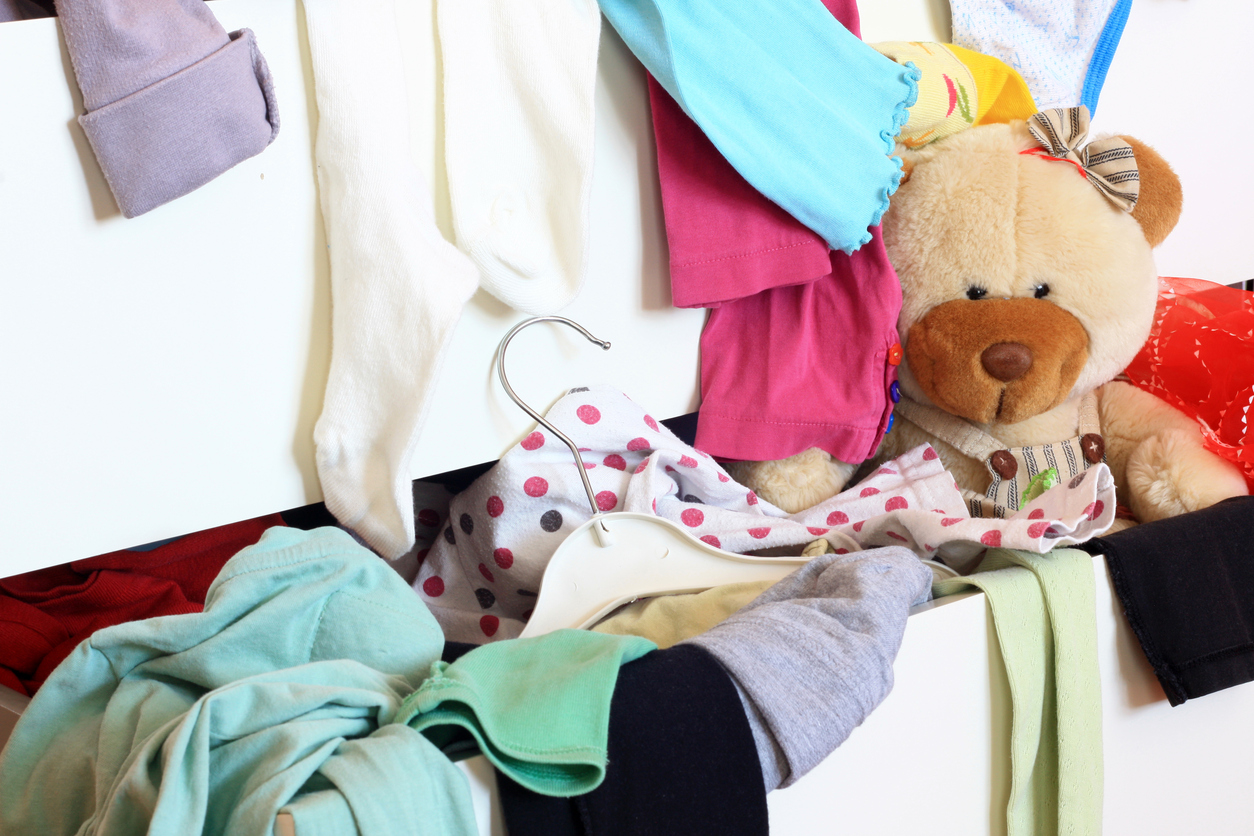
If you’re fortunate enough to have the means and time to take your kids back to your home country for the summer, you know it isn’t just a case of showing up at grandma’s and relaxing for a month or so. Let’s face it — kids think it’s all about them and it can be hard when they’re removed from their familiar surroundings, friends and activities.
Grandparents, on the other hand, suddenly have their daily routines turned upside down by active little people. No matter how much they love their grandchildren, it can be stressful on both sides. And there you are, stuck in the middle and trying to appease everyone. I remember one vacation when my trio were bickering and yelling, and my mother just lost it. “You three are the most selfish kids I have ever met!” she yelled.
In our case, the solution was to send the kids to the local school for a month each time. Kiwis have an advantage in this respect, as we go home to winter when school is in session. Luckily, the local public school was totally on board with the idea, with the only stipulation being that our kids could communicate in English and that they would go for at least a month. Each of my kids began attending from age five, and my son went all the way through to age 12. It gave my kids structure to their day, their academic English got a huge boost and they learned about their mother’s culture. And Nana and Grandpa (and Mom!) got a bit of a break during the day.
Back home in Japan … and back to business
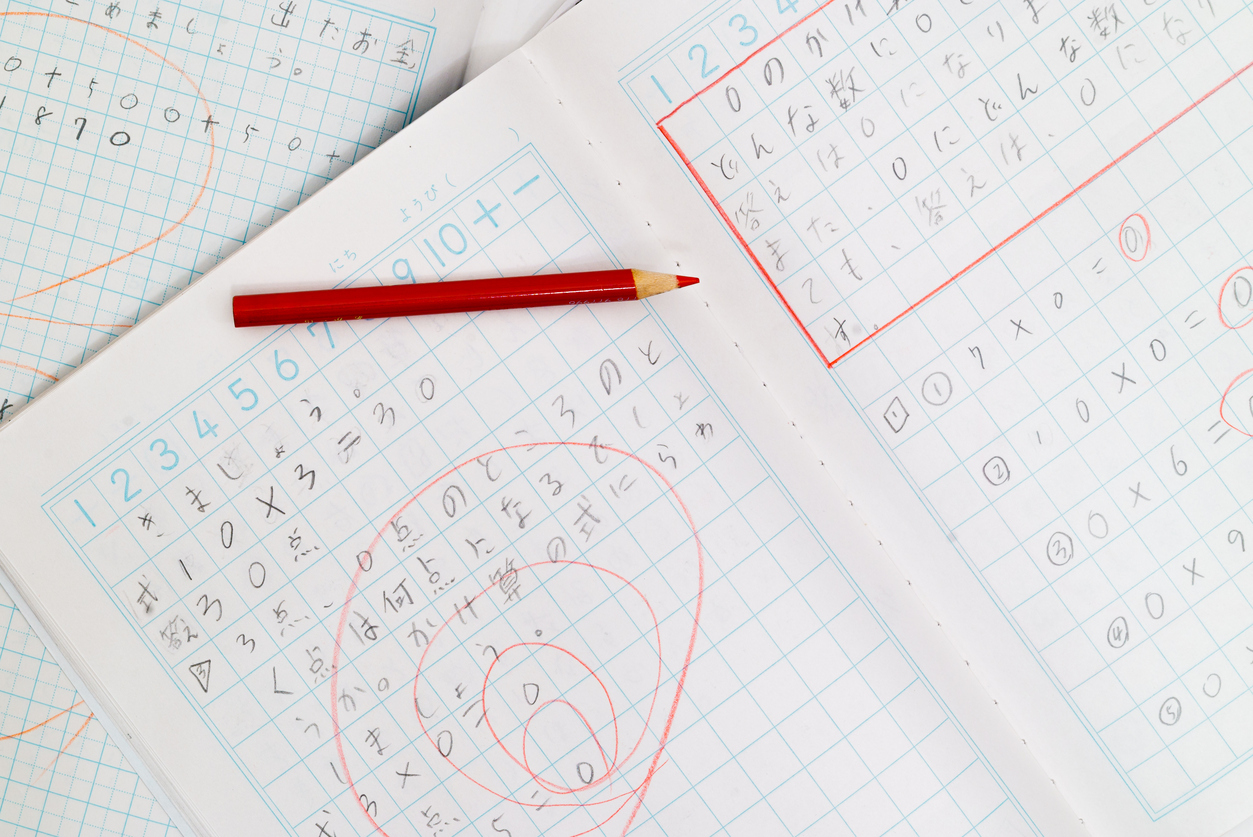
If you’re like me, coming back to Japan after an extended visit home is bittersweet. On the one hand, there is a sense of relief. It’s your house again, and you set the rules. However, you are now back to your routine — and yep… that includes the Japanese holiday homework!
Every year we went to New Zealand with the best of intentions about doing the homework, but it invariably got shelved until we came back to Japan, with a mad rush the last week to finish it. For the jiyu kenkyu project, my kids always found a way to tie it to their New Zealand experiences. In first and second grade, a photo file about daily life at a New Zealand school with simple captions was enough. As they got older, detailed reports on New Zealand wildlife or Maori culture were some of the ideas they worked on.
Some projects took on a life of their own. When my son was 10, he decided he wanted to “make a wooden ship” while visiting my parents. My father is a DIY kind of guy, so he enthusiastically offered his help. Most days, as soon as my son came home from school, Grandpa and grandson would disappear into the garage and work on the ship. It went through a few design changes and my son heard a few new vocabulary items when he inadvertently dropped a heavy tool on Grandpa’s foot. But it was a great bonding process for both. My son is a college senior now but the ship still sits on the bookshelf in his room.
But summers often bring unexpected surprises, too — which in itself is a way to learn new things. A friend of mine, Amanda, who took her two elementary-aged kids back to the U.S. for the summer, knows that well. Her son worked on a diorama for his project, and a lot of time, effort and materials went into its creation. When it was time to return to Japan, Amanda made a shocking discovery.
“On the way to the airport, we realized we forgot the diorama! It was in a big square shoebox so we were going to carry it by hand. It was sitting by the front door all ready to go!” She ended up having to ask her parents to FedEx the item over, to the tune of US$170 dollars.
“Most expensive summer project ever!” Amanda says ruefully.
“Been There, Learnt That” is a monthly column in which Louise George Kittaka discusses various issues she went through when raising her three children in Japan. If you have any questions for Louise on a topic related to raising bicultural children in or out of Japan, send us an email at editorial@gplusmedia.com or leave us a comment. Louise will answer your questions in her next article.













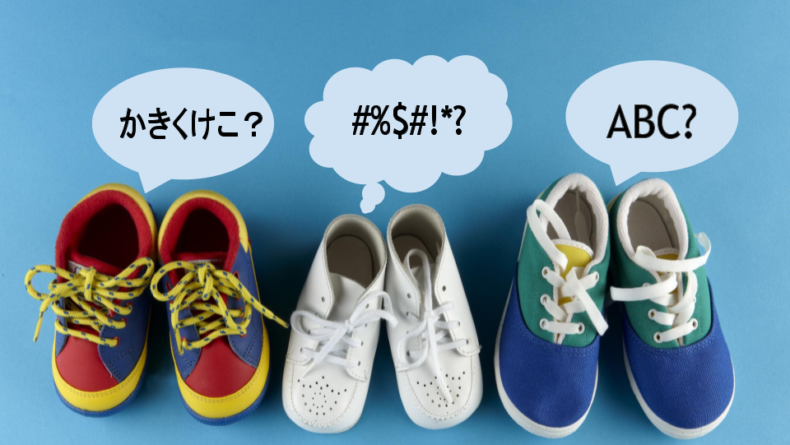
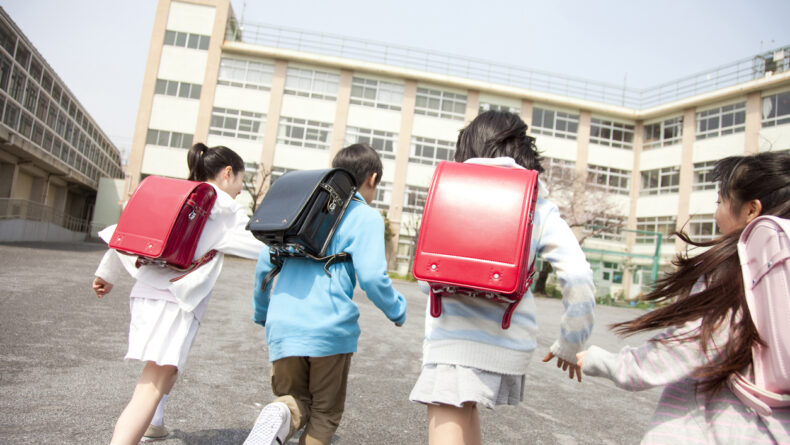
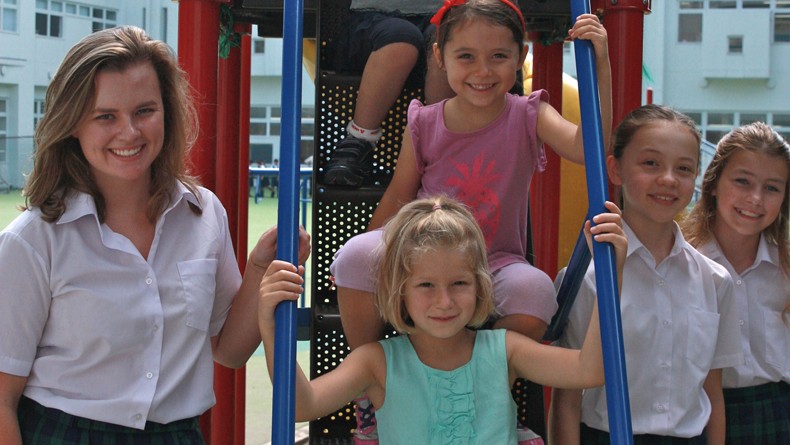
Leave a Reply